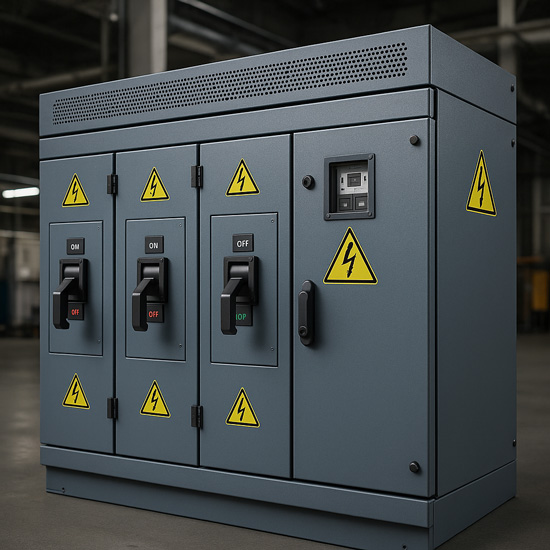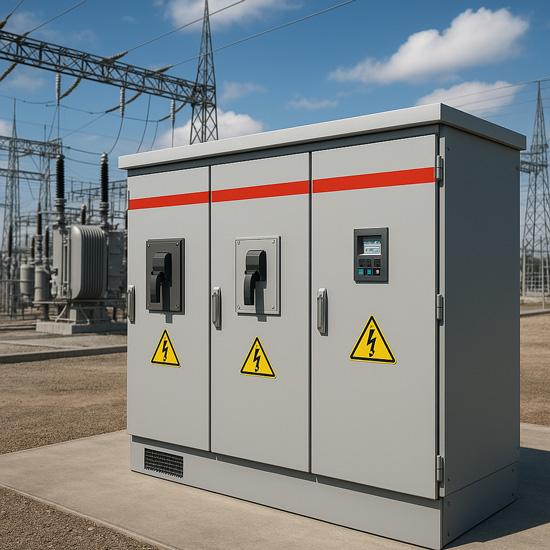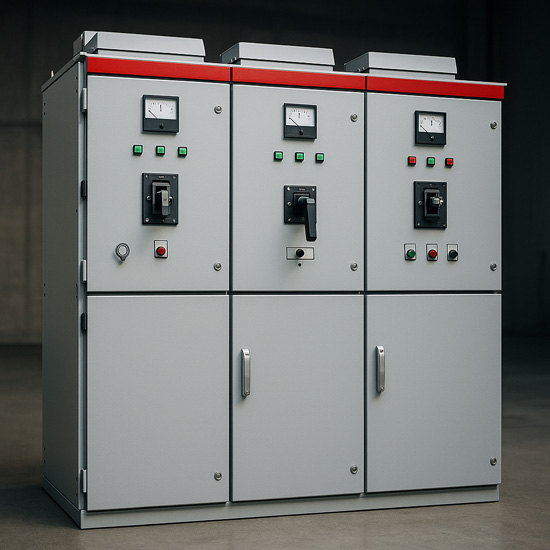In modern power distribution systems, electrical switchgear boxes are indispensable components that contribute to the safe, efficient, and reliable management of electrical energy. As energy demand grows and the complexity of power networks increases, selecting the right switchgear box becomes critical not only for operational reliability but also for long-term cost savings and safety assurance.

An electrical switchgear box serves as the housing for protective devices like circuit breakers, disconnect switches, relays, and current transformers. These components are essential in managing load distribution, isolating faults, and ensuring continuity in service. In both industrial and utility-grade applications, the design and quality of the switchgear box directly impact performance, personnel safety, and system uptime.
1. Safety Compliance
Safety is a top priority in any switchgear installation. High-quality electrical switchgear boxes comply with international standards such as IEC 62271, ANSI C37, and GB/T standards. They offer flame-retardant insulation materials, arc-fault protection, and lockable enclosures to safeguard users and systems during operation and maintenance.
2. Material Durability
The housing of a switchgear box is typically made of powder-coated steel, stainless steel, or high-performance composites. These materials provide resistance to corrosion, mechanical impact, and temperature fluctuations, making them suitable for both indoor and outdoor environments.
3. Compact and Modular Design
Modern switchgear boxes are engineered for compactness without compromising function. Modular designs enable scalable expansion, faster installation, and easier component replacement. This is particularly valuable in space-constrained environments like urban substations or renewable energy facilities.
4. Thermal and Environmental Performance
Proper heat dissipation, IP-rated enclosures (e.g., IP54, IP65), and ventilation systems are key considerations. A well-designed electrical switchgear box should operate efficiently under ambient temperatures from -25°C to +50°C, and withstand humidity, dust, and pollution levels typical of industrial or outdoor settings.
5. Ease of Maintenance and Integration
Maintenance-friendly designs with front/rear access, labeled wiring, and standardized connectors make servicing faster and safer. Switchgear boxes should also integrate seamlessly with protection relays, remote monitoring systems, and SCADA platforms for smart grid compatibility.

Electrical switchgear boxes are used across various industries and facilities, including:
·Power generation stations
·Industrial plants
·Commercial buildings
·Renewable energy farms
·Utility substations

They are particularly crucial in medium-voltage systems (3.3kV to 36kV) and low-voltage distribution setups where system stability and personnel protection are essential.